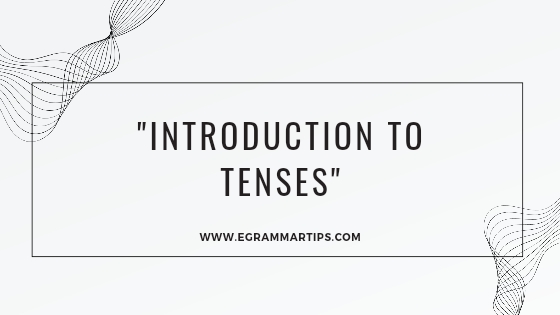
Tenses in English grammar indicate the time of action or state. They are essential for constructing sentences that convey when something happens. There are three main tenses: past, present, and future. Each main tense has four aspects: simple, continuous (progressive), perfect, and perfect continuous. Let’s break these down.
1. Present Tense
a. Present Simple: Describes habitual actions, general truths, or scheduled events.
Examples: “She walks to school.”
“The sun rises in the east.”
b. Present Continuous (Progressive): Describes actions happening right now or around the present time.
Examples: “She is walking to school.”
“I am reading a book.”
c. Present Perfect: Describes actions that occurred at an unspecified time in the past and are relevant to the present.
Examples: “She has walked to school.”
“I have finished my homework.”
d. Present Perfect Continuous: Describes actions that started in the past and are still continuing or just finished.
Examples: “She has been walking to school for 30 minutes.” “I have been reading this book for two hours.”
2. Past Tense
a. Past Simple: Describes actions that happened and were completed in the past.
Examples: “She walked to school.”
“I visited Paris last year.”
b. Past Continuous (Progressive): Describes actions that were happening at a specific time in the past.
Examples: “She was walking to school at 8 AM.”
“I was reading when she called.”
c. Past Perfect: Describes actions that were completed before another action in the past.
Examples: “She had walked to school before it started raining.”
“I had finished my homework before dinner.”
d. Past Perfect Continuous: Describes actions that were ongoing in the past up until another past action.
Examples: “She had been walking to school for 30 minutes when it started raining.”
“I had been reading for two hours when she called.”
. Future Tense
a. Future Simple: Describes actions that will happen in the future.
Examples: “She will walk to school.”
“I will visit Paris next year.”
b. Future Continuous (Progressive): Describes actions that will be happening at a specific time in the future.
Examples: “She will be walking to school at 8 AM.”
“I will be reading when she arrives.”
c. Future Perfect: Describes actions that will be completed before a specific future time.
Examples: “She will have walked to school by 9 AM.”
“I will have finished my homework by dinner.”
d. Future Perfect Continuous: Describes actions that will be ongoing up until a specific future time.
Examples: “She will have been walking to school for 30 minutes by 9 AM.”
“I will have been reading for two hours by the time she arrives.”
Summary
Simple Tenses: General actions or states.
Continuous (Progressive) Tenses: Ongoing actions.
Perfect Tenses: Completed actions.
Perfect Continuous Tenses: Ongoing actions that have been completed.
These tenses help us express the time and nature of actions or states accurately.
I hope you like the lesson.
Deep explanations for each tense will be discussed in the upcoming lessons .